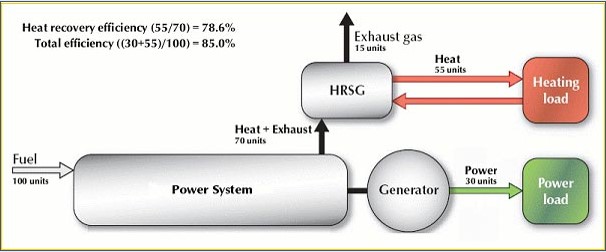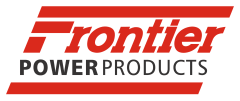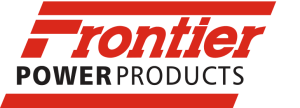 Turning wasted energy into useful energy.
Turning wasted energy into useful energy.
To meet the growing demand for cogeneration generators, we are proud to introduce our latest line of generators.
Cogeneration, or combined heat and power (CHP), is the simultaneous generation of electricity and useful thermal energy from a single fuel source.
A conventional, engine driven generator set provides electricity and consumes fuel, often diesel or natural gas. Some of the fuel consumed, usually about 30 to 40 percent is converted to mechanical energy to drive an electricity generator. The balance of the fuel consumed, 60 to 70 percent, generates heat. This heat is dissipated to the coolant and radiated directly to the surrounding air.
A CHP generator set also converts fuel to mechanical energy to generate electricity. However, instead of wasting the heat energy, the heat energy is largely captured and transferred into usable energy in a heating system. The heat energy may be used simply for hot water for heating, for cleaning, or for pre-heating for boilers.

source: Natural Resources Canada’s CanmetENERGY.
 Checklist of Things to Consider
Checklist of Things to Consider
CHPowerLine Generator Features
Here are some of the key features of our new line of generators.
- Turnkey cogeneration system fully packaged inside a sound-attenuated and thermally-insulated container.
- Highly efficient genset based on a Liebherr gas engine and a Stamford generator.
- Simultaneous production of prime electrical power and thermal power as hot water at 90ºC improves fuel efficiency from 37% to over 80%.
- Automatic operation control and switchgear included.
- Silent operation with an average of 75 dBA at 7m using a critical grade muffler and custom acoustic-designed air inlet and discharge ducting.
- Low engine emissions of NOX, CO and HC make the package very environment friendly.
Detailed Specs (including Drawings)
| Model | Electrical Output (kWe) |
Heat Output (kWt) |
Detailed Specs |
|---|---|---|---|
| LS-270-CHP | 271 | 287 | |
| LS-330-CHP | 334 | 418 | |
| LS-570-CHP | 572 | 627 |




